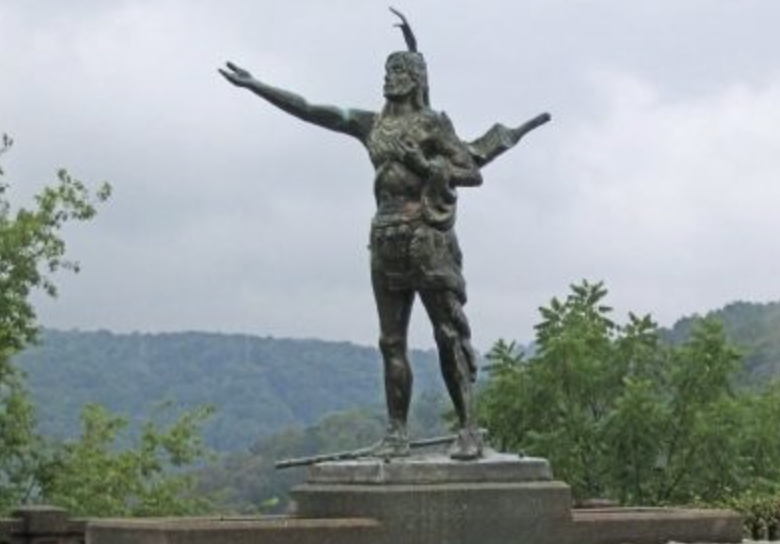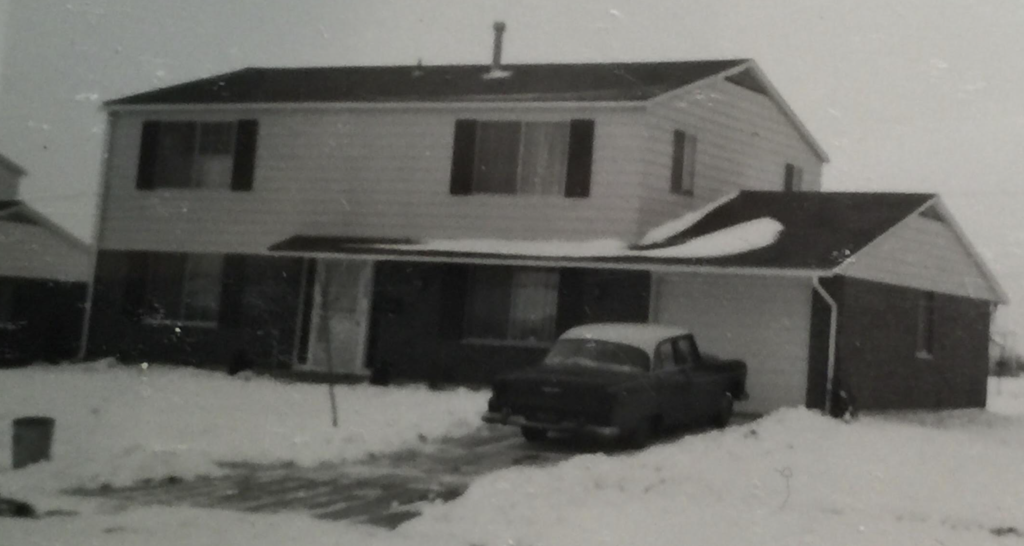When I was 12 years old, I was kind of obsessed with numbers.
I recently found a small spiral notebook in my mother’s house. It was a partial chronicle of our trip from our home in southwestern Ohio to New York City in the summer of 1962. I’m pretty sure it was at least the fourth time we went to New York to see my dad’s family. I know we went by train in 1957 or ’58 and made the drive in the summer of 1961.
I also have pictures from Yankee Stadium that were taken in 1959.
My story started with numbers.
“June 28, 4:30 p.m. …”
H-Hour approaches. Dad is at the gas station checking the tires on our car. We were loading the car when he left.
Imagine our surprise to be loading it and having him drive off.
We actually didn’t leave until 7:12 p.m., and the mileage on the odometer was 22,363.1.
“Well! We finally left dear old home. We’re speeding past (Route) 201 at 55 miles per hour. We are passing rolling plains and quite a few farms. News! We just entered Greene County. We just went over a river. A U.S. Dept. of Agriculture car just passed us.”

“We are now entering Springfield. We just passed the Pioneer Woman Memorial. It is on a stamp.”
One thing I didn’t realize then is that there is more than one of these, and many years later, I saw the farthest west on on Foothill Blvd. in Upland, California.
By the time we were leaving Springfield, the odometer reading was 22,399 and we had gone 36 miles.
It’s amazing looking back 60 years and remembering how much those numbers mattered to me.

God only knows why I wrote about it, but the next day leaving Wheeling, West Virginia, we passed a statue called “The Mingo.” When we crossed into Pennsylvania, the odometer said 22,578.5. We had traveled 215.4 miles, nearly all of it on U.S. 40 in those last years before the interstates.
In fact, I-70 opened less than a mile from our home later that summer, and now you can drive all the way to Salt Lake City on that same road.
I’m amazed at how boring so much of what I wrote seems now. I wrote that at 10:19 a.m. on June 29th, we passed “the famous MColloch’s Leap,” but either I assumed everyone would know what it was or I had no way of finding out at the time.

Sixty years later, here it is, courtesy of Wikipedia:
McColloch’s Leap was a feat performed during a September 1777 attack by Native Americans on Fort Henry, site of present-day Wheeling, West Virginia, during the American Revolutionary War.
On September 1, 1777, during a Native American siege on the fort, Major Samuel McColloch arrived at the fort with 40 mounted men from Short Creek. To allow entrance the gates were opened for the men. Major McColloch lingered behind to guide and protect the men. The Indians attacked, and all of the men except McColloch made it inside before they were forced to close the gates. McColloch found himself alone and surrounded by Native Americans, and he rode immediately towards the nearby hill in an attempt to escape. McColloch had earned a reputation as a very successful “borderer” (one who protected the frontier borders from the Native Americans) and was well known to both the frontiersmen and the Indians. The Indians eagerly pursued McColloch, and drove him to the summit of the hill.
As he rode along the top of the hill, he encountered another large body of Indians. He now found himself surrounded, with no path of escape. He knew, because of his reputation and history against the Indians, he would be tortured and killed with great cruelty if he were to be captured alive. With all avenues of escape cut off, he turned and faced the precipice, and with the bridle in his left hand and his rifle in his right, he spurred his horse over the edge to an almost certain death. The hill at that location is about 300 feet in height, and in many places is almost perpendicular.
The Indians rushed to the edge, expecting to see the major lying dead in a crumpled heap at the bottom of the hill. To their great surprise, they instead saw McColloch, still mounted on his white horse, galloping away from them.[1]
As legend of this famous “leap” became known, the place where it occurred became known as McColloch’s Leap.
Most of the rest of the trip is odometer readings and names of the tunnels we went through on the Pennsylvania Turnpike. When we arrived in New York City, the odometer read 23,012.5 and we had traveled 649.4 miles.
Much of the rest of the pages are blank, spaces left for photos and postcards that are no longer there. It’s odd that I mentioned a July 4 trip to Yankee Stadium and said the Yankees lost, 11-1 (to Kansas City). Odd because I looked it up and it was a double-header and the Yankees won the second game. We always stayed for both games.
For some reason, I didn’t mention the second game.
July 12th was the last day, a day spent at the Freedomland theme park in the Bronx. I loved Freedomland, and we went again in 1963. Sadly, the World’s Fair in 64-65 killed it.
Either the notebook ran out or I was too bored to mention the trip back to Ohio. I assume it was 649.4 miles.
***
The picture at the beginning of our house and car obviously wasn’t from that summer. I’m pretty sure it was a few months earlier, when we moved in.
As I’ve said before, we lived in that house only one year, but it was the nicest one my parents ever had.

